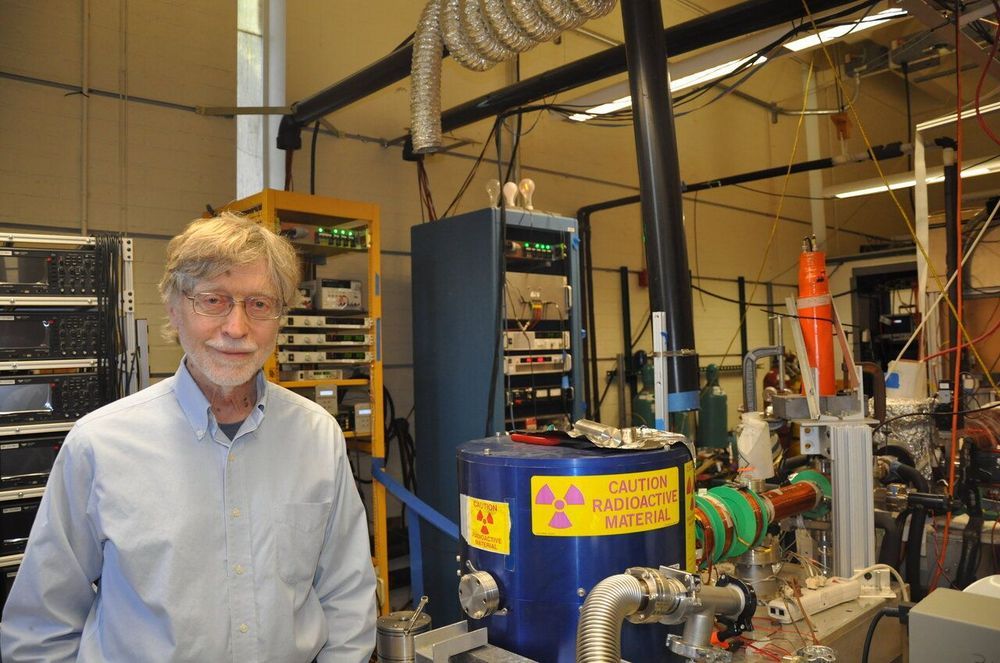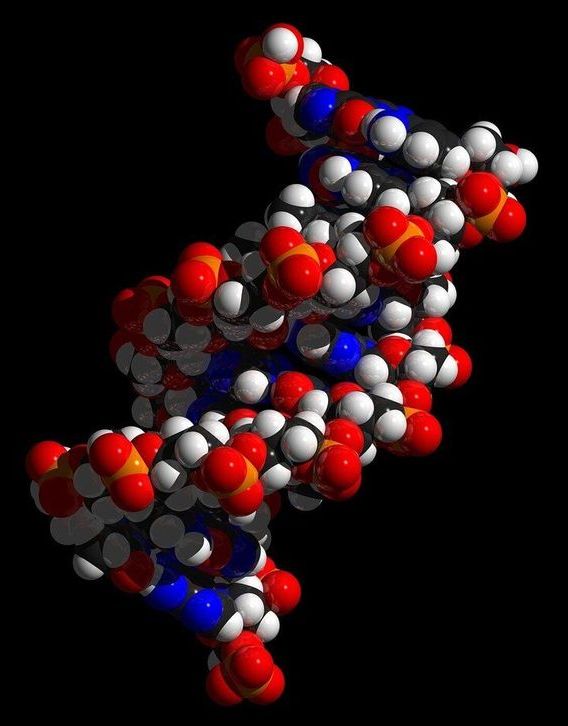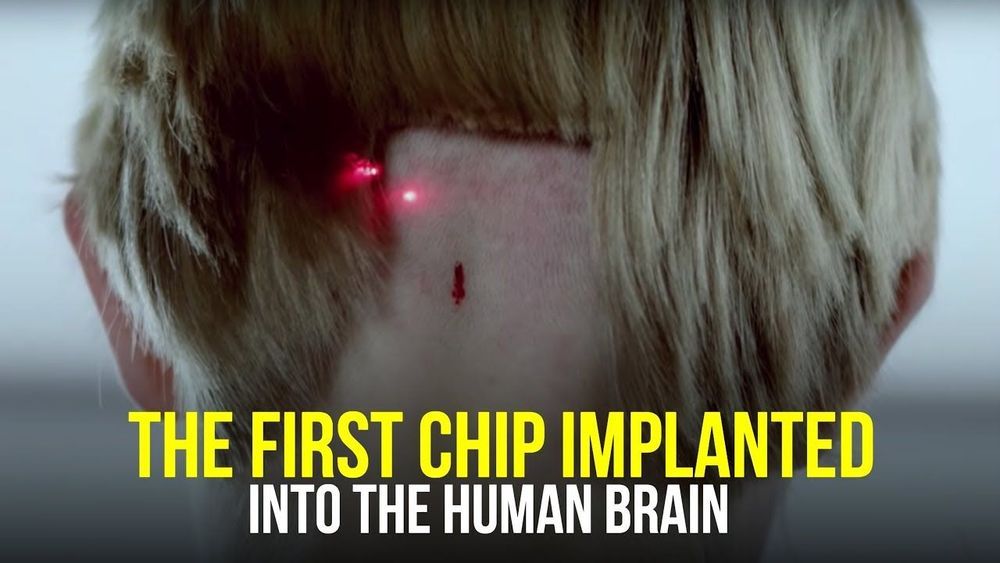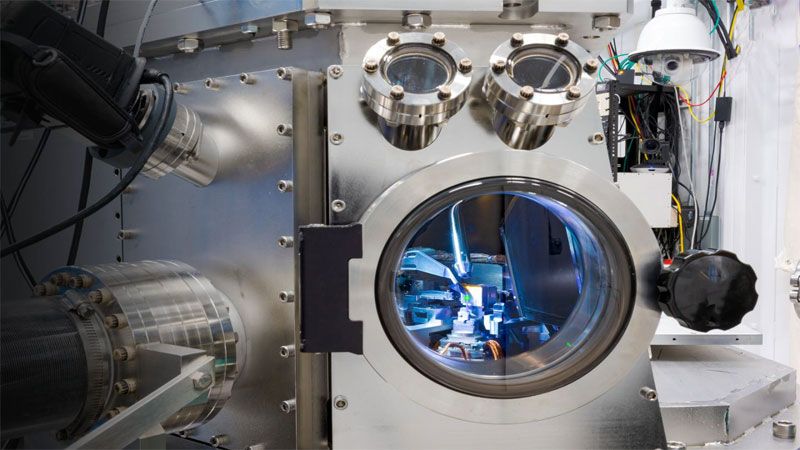Dec 6, 2019
Unpatched systems are still one of the significant attack vectors to launch cyberattacks
Posted by Quinn Sena in categories: cybercrime/malcode, futurism
Leaving a vulnerable system unpatched can invite troubles for an organization. The issue can turn worse when the organization suffers a cyberattack that can result in, but not limited to, compromise of confidential data, DDoS attacks or stealing of customers’ details.
According to a report released by Recorded Future, it has been found that the same vulnerabilities kept showing up year-after-year. An interesting aspect of the report was that most of these vulnerabilities were found to be exploited via phishing attacks and exploit kits that specifically target flaws in Microsoft products.


















